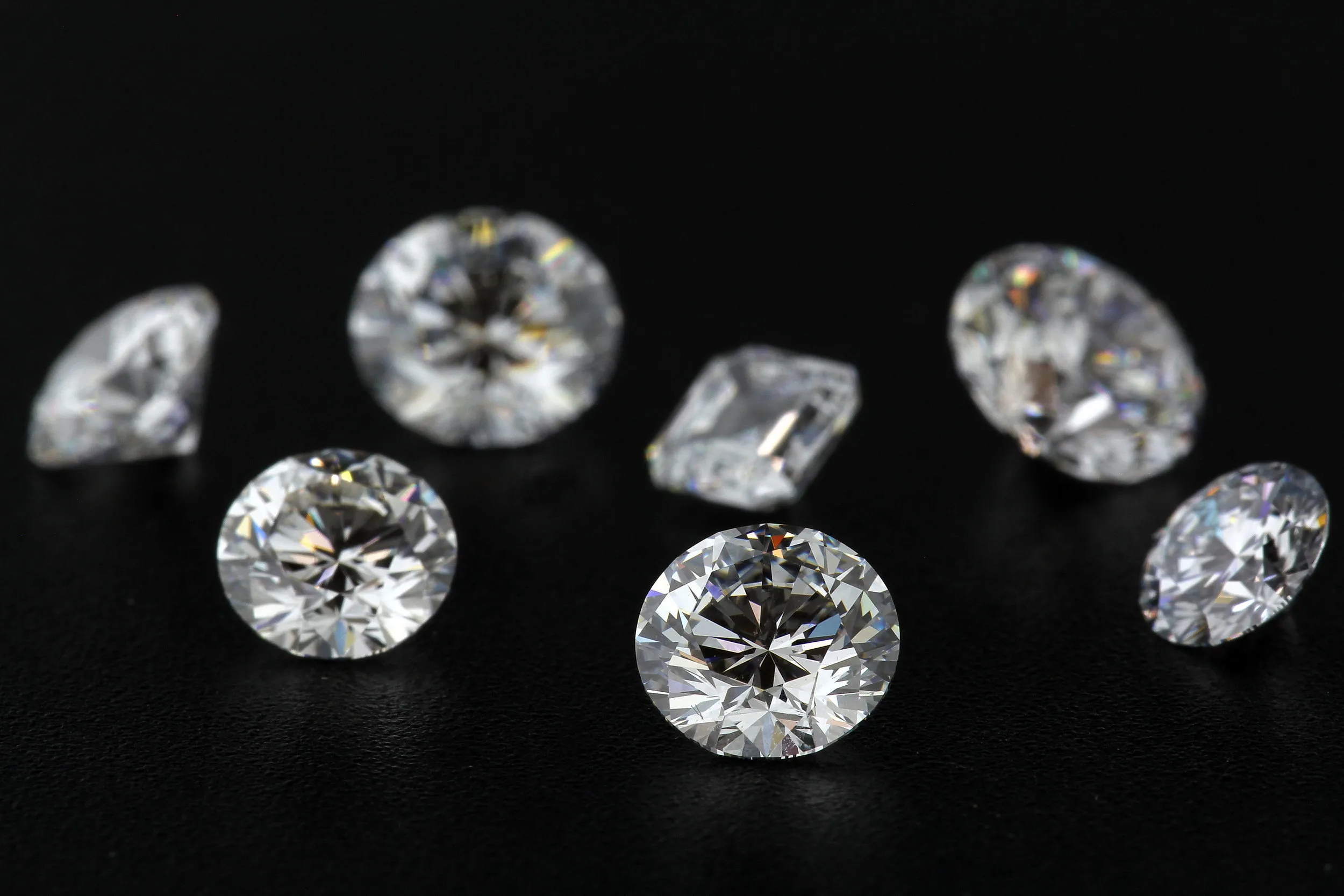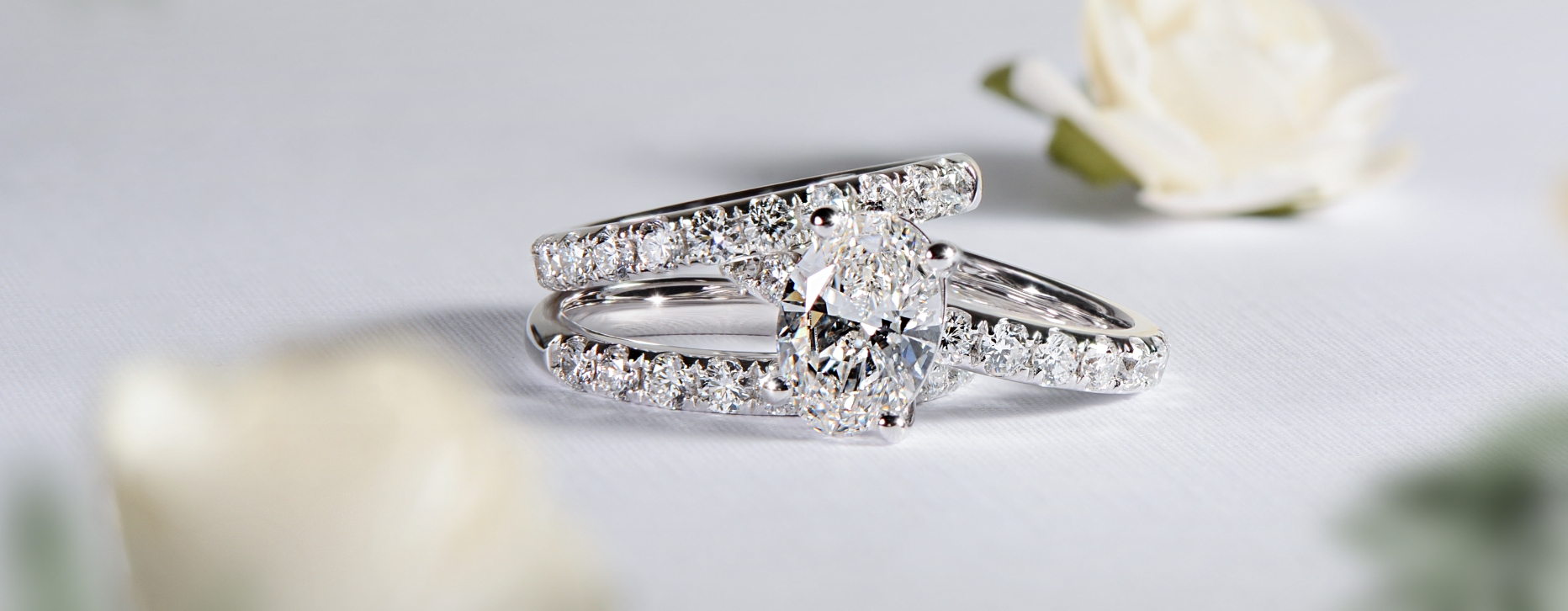The Top Question About Diamonds: What You Need to Know
Diamonds #1 Question
Diamonds have long been a symbol of luxury, status, and everlasting love. The allure of a diamond is almost universal, but there’s one question that seems to echo through the corridors of jewelers and the minds of consumers alike: “How do I know I’m getting a good diamond?” This question is pivotal, guiding buyers through the maze of quality, ethics, and price. In this article, we’ll explore the key factors to consider when buying a diamond, offering insights that go beyond the traditional 4Cs (carat, cut, color, clarity).
Understanding the 4Cs: The Foundation of Diamond Quality When it comes to diamonds, the 4Cs—carat, cut, color, and clarity—form the basic framework for assessing quality. Each element plays a unique role in determining a diamond’s value and appearance:
- Carat refers to the diamond’s weight. While larger diamonds #1 question often command higher prices, it’s important to balance size with other factors that impact quality.
- Cut is arguably the most critical aspect, affecting how a diamond interacts with light. A well-cut diamond will sparkle brilliantly, while a poorly cut diamond may appear dull.
- Color measures the degree of colorlessness, with the most valuable diamonds exhibiting little to no color.
- Clarity assesses the presence of internal or external flaws. A high-clarity diamond will have fewer imperfections, resulting in a clearer appearance.
These foundational principles are essential, but they don’t tell the whole story. Let’s delve deeper into other crucial aspects.
Beyond the 4Cs: Ethical Considerations and Certification In recent years, ethical concerns have become a significant factor in the diamond industry. The term “conflict diamonds” refers to stones mined in war zones and sold to finance armed conflict. To ensure you’re purchasing an ethically sourced diamond, look for certification from reputable organizations like the Kimberley Process.
Additionally, a certificate from a trusted gemological laboratory, such as the Gemological Institute of America (GIA), provides assurance that the diamond’s quality has been independently verified. This certification includes a detailed report on the 4Cs and other characteristics, helping you make an informed decision.
The Role of Budget: Finding the Sweet Spot Budget plays a significant role in diamond purchasing decisions. While it’s tempting to aim for the best of everything, finding a balance between quality and price is key. Consider these tips for maximizing your budget:
- Prioritize Cut: A well-cut diamond can make even a smaller stone appear more brilliant. It’s worth investing in a high-quality cut.
- Opt for Slightly Lower Color and Clarity Grades: These factors have less impact on a diamond’s appearance than cut. A near-colorless diamond with minor inclusions can still look stunning.
- Choose an Ideal Carat Size for Your Budget: Consider what’s most important to you—size or quality—and find a balance that suits your budget.
Trends in Diamond Buying: Lab-Grown Diamonds and Beyond The diamond industry is evolving, with new trends shaping the way people buy and wear diamonds. One of the most significant developments is the rise of lab diamonds. These stones are chemically identical to natural diamonds but are created in controlled environments. They offer an eco-friendly and often more affordable alternative to mined diamonds.
Additionally, unique cuts and colored diamonds are gaining popularity. Fancy-colored diamonds, such as pink, blue, or yellow, can add a touch of individuality to your jewelry collection. Understanding these trends can help you make a choice that reflects your style and values.
Making Your Decision: Finding the Perfect Diamond Choosing a diamond is a personal journey, influenced by a mix of emotion, tradition, and budget. To ensure you make the right choice, consider these final tips:
- Visit Reputable Jewelers: Look for jewelers with a strong reputation for quality and ethical sourcing.
- Ask Questions: Don’t hesitate to inquire about the diamond’s origin, certification, and other key details.
- Trust Your Instincts: Ultimately, the right diamond is the one that feels perfect for you and your unique story.
So, the next time you’re faced with the question, “How do I know I’m getting a good diamond?”, you’ll have the knowledge and confidence to make the right choice. Whether you’re buying for a special occasion or simply treating yourself, the right diamond can be a cherished possession for a lifetime.





